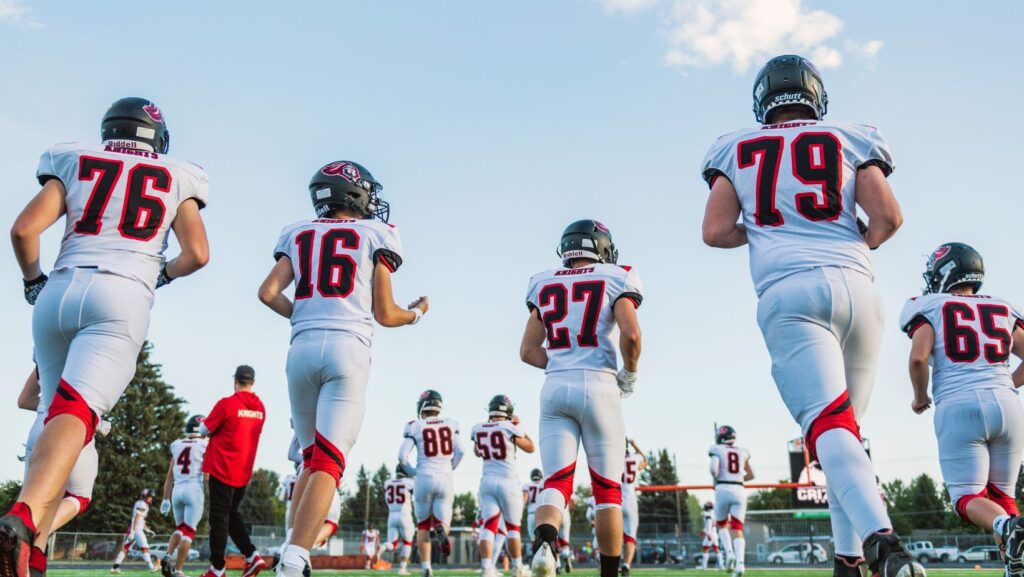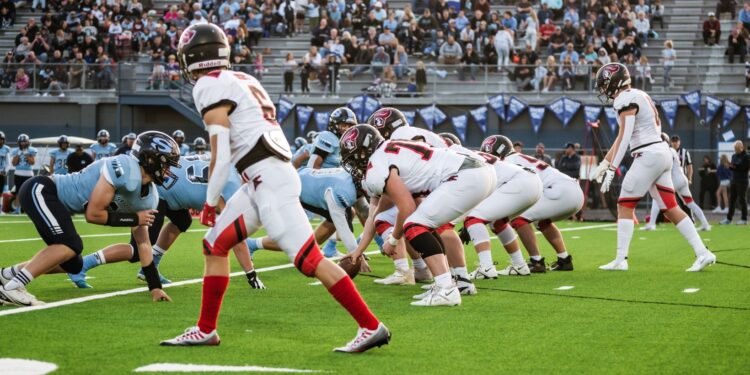The upcoming NHL season is shaping up to be an intriguing one for Boston Bruins, as, after a summer of change and speculation, all eyes are on how the coaching staff decides to deploy its new line combinations. For a team that has experienced both dominance and heartbreak in these recent years, how the lines come together could determine whether they continue to push for the top of the Eastern Conference or face a year of growing pains.
There’s no shortage of talent on the roster but finding the right chemistry is where this season’s story will really unfold. But it’s not just about who plays on which line, it’s about identity! Boston has always been known for its structure, its depth, and its ability to grind down opponents over 60 minutes. But after key departures and an injection of young talent, the Bruins’ lines may look more fluid this season, which means some experimentation is expected early on, and fans are already buzzing about what the coaching staff might have in store.
One of the most closely watched debates revolves around Poitras Vs Minten for center role. It’s not just a question of who wins the job, but how their placement impacts the rest of the forward group. A youthful, fast, creative center can change the tempo of an entire line, and a more defensively responsible, stable option can preserve the structure that’s long defined Boston hockey, and of course, this decision has ripple effects that could shape both the top six and the bottom six for months to come.
Different Dynamic
Last season, Boston leaned heavily on veteran consistency, with experienced forwards providing stability and predictable production, but this year, there’s an undeniable shift toward flexibility. Younger players are being trusted with more responsibility, and it shows in how the projected lines are forming, as we could see a top line that blends veteran poise with young energy—perhaps a combination that brings out the best in both.
The Bruins no longer have the exact same offensive spine they relied on in recent years, which means there’s more room for creativity and movement. Some might think of this as a gamble, but it’s one that could pay off well if the right combinations click early.
Chemistry and Complementary Roles
What often gets overlooked when line combinations are discussed is how complementary roles build success, as it’s not just about three good players thrown together, but instead, it’s how their styles intersect, and Boston’s coaching staff has historically excelled at finding these fits. For instance, putting a power forward next to a sniper and a playmaker creates a balanced attack. If Poitras gets slotted into a top six role, pairing him with high-tempo wingers could create quick-transition opportunities that weren’t as common in previous seasons. On the other side of things, if Minten gets the nod, the team might lean into a heavier, more possession-oriented approach.
Either way, line chemistry can’t be rushed. It develops through games, shifts, and tough situations where players learn to read each other instinctively. That’s why these early combinations, while exciting to dissect, are just the beginning of a longer evolution.

Veteran Influence, Defense, and Matchups
While youth is a major talking point, the veteran core is still the engine. Players like Brad Marchand and David Pastrňák are entering the season not just as stars, but as tone-setters. Their ability to adapt to new linemates and elevate their play will have a massive influence on how quickly the new combinations settle in. Marchand’s leadership on and off the ice remains crucial, and it is known that he has a knack for bringing the best out of those who play alongside him, whether it’s through his relentless puck pursuit or his ability to make plays under pressure.
Pastrňák, meanwhile, is a pure offensive weapon. How the team positions him, and with whom, could decide how explosive the offense becomes this season. There’s also the intangible element: Trust! Younger centers need to feel supported, and lining up next to a veteran like Marchand gives them a security blanket, which allows them to make plays without the fear of every mistake being costly.
Line combinations aren’t just about scoring goals, though; they’re about winning matchups! Boston has built its reputation on being able to roll four lines effectively, matching strength against strength and tiring out opponents. Any new configuration has to maintain that defensive integrity, and this means the bottom-six units will have to pull their weight.
Whether Poitras or Minten plays higher in the lineup, whoever ends up in the third-line center role will carry a heavy defensive burden. These players are often tasked with shutting down top opposition lines or eating up tough defensive zone starts. If the Bruins can keep their defensive structure solid while experimenting up front, they’ll be in a strong position to compete night in and night out. It’s a delicate balance, but one this coaching staff has managed well in the past.
Power Play
An often-underrated aspect of line combinations is how they spill over into special teams. Who plays together at even strength can impact chemistry on the power play. Boston’s top unit has been dangerous for years in the hockey space, but integrating new faces means some adjustment is inevitable, and thoughts turn to Pastrňák, who will undoubtedly continue to be the centerpiece of the power play, but the question is who complements him. A creative young center like Poitras could bring a fresh dynamic to the unit, offering quick puck movement and deceptive passing.
A more experienced or defensively inclined player like Minten might see more second-unit time, where his steadiness can help balance risk. Similarly, the penalty kill will likely lean on veterans, but young players who can handle defensive responsibility may be given a chance to prove themselves here, too. This gives the coaching staff more versatility when setting matchups and managing minutes.







